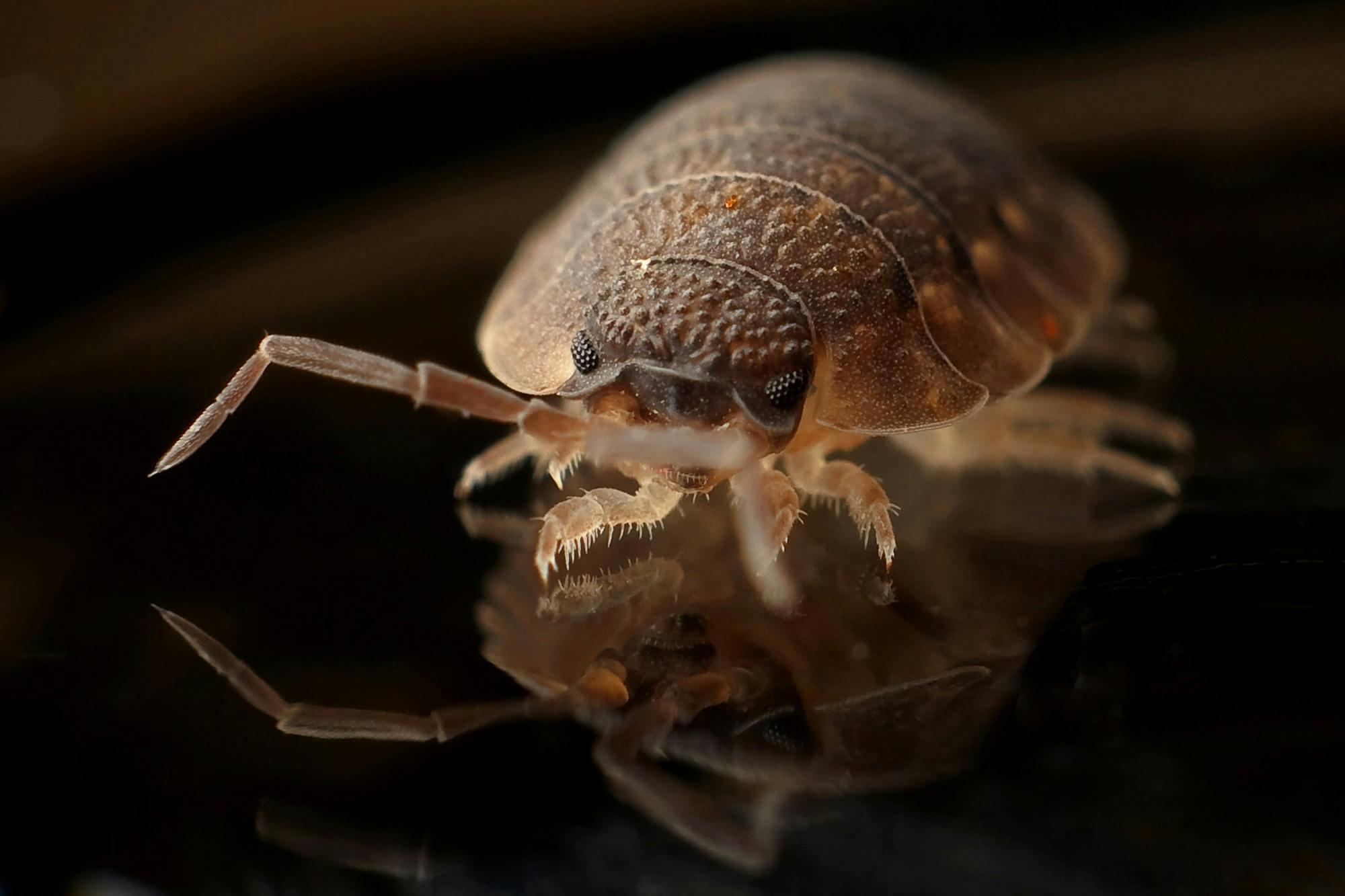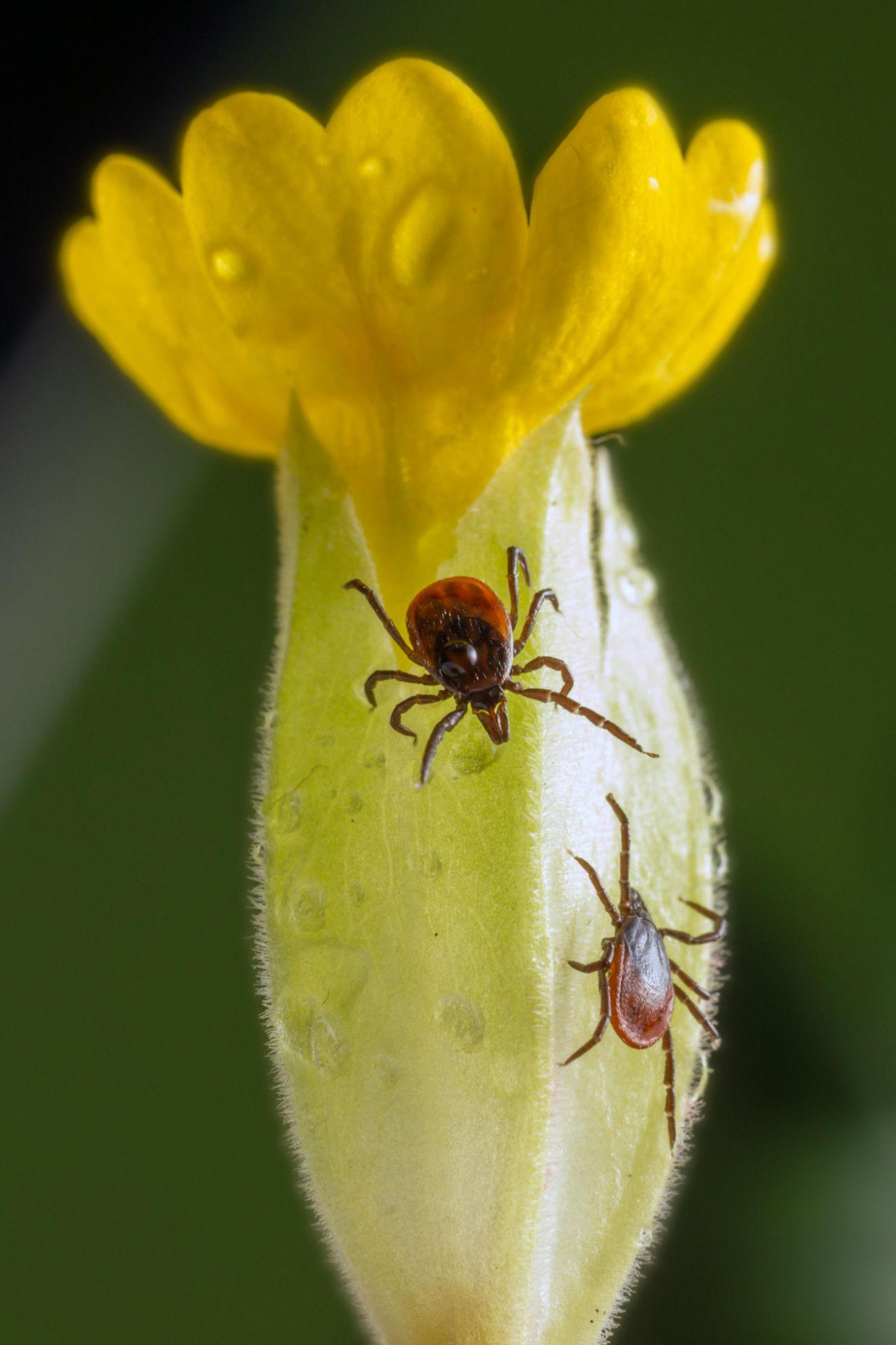How to Recognize and Prevent Common Pet Parasites
Parasites are unwelcome guests in our pets’ lives, often leading to discomfort and a range of health issues. From fleas and ticks to worms and protozoa, these common pet parasites can impact your furry companions in numerous ways. Understanding how to recognize and prevent these parasites is crucial for maintaining your pet’s health and well-being. In this article, we will explore the types of common pet parasites, how to identify them, and effective prevention strategies. 
Understanding Common Pet Parasites
To effectively combat pet parasites, it’s essential first to understand what they are. Parasites are organisms that live on or in a host and derive nutrients at the host’s expense. Common pet parasites can be categorized into two main types: ectoparasites and endoparasites.
Ectoparasites
Ectoparasites are external parasites that reside on the surface of your pet’s skin. They can cause itching, irritation, and various skin problems. Some common ectoparasites include: https://truepetslove.com/product/dog-camera-wi-fi/
- Fleas: Small, wingless insects that feed on the blood of animals. They can cause severe itching and lead to more serious health problems if left untreated.
- Ticks: Small arachnids that attach themselves to a host’s skin to feed on blood. Ticks can transmit several diseases, including Lyme disease and Rocky Mountain spotted fever.
- Mites: Microscopic parasites that can cause skin conditions like mange, resulting in hair loss and irritation.
Endoparasites
Endoparasites reside inside the host’s body, often in the gastrointestinal tract. They can lead to more severe health issues if not recognized and treated promptly. Common endoparasites include:
- Roundworms: Common in puppies and kittens, roundworms can cause malnutrition and a bloated abdomen.
- Hookworms: These parasites attach to the intestinal lining and can cause anemia and weight loss.
- Tapeworms: Often transmitted through fleas, tapeworms can cause weight loss and digestive issues.
- Protozoa: Single-celled organisms such as Giardia can cause gastrointestinal distress and diarrhea.
How to Recognize Common Pet Parasites
Recognizing the signs of common pet parasites is the first step in effectively addressing the issue. Here’s how to identify some of the most prevalent parasites in pets:
Recognizing Ectoparasites
- Fleas
- Signs: Excessive scratching, biting, or licking at the skin. You may also notice small black specks (flea dirt) on your pet’s fur or in their bedding.
- Action: Inspect your pet’s skin, especially around the tail and belly, for fleas and flea dirt.
- Ticks

-
- Signs: Lumps or bumps on the skin where ticks have attached, localized redness, or irritation. Some pets may exhibit signs of discomfort or lethargy.
- Action: Thoroughly check your pet after walks in wooded or grassy areas, focusing on the ears, neck, and between the toes.
- Mites
- Signs: Red, scaly patches of skin, hair loss, and excessive scratching or rubbing against objects.
- Action: Look for signs of irritation and consult your veterinarian for a proper diagnosis and treatment.
Recognizing Endoparasites
- Roundworms
- Signs: Pot-bellied appearance, vomiting, diarrhea, and weight loss.
- Action: Regularly check for worms in your pet’s feces or vomit and consult your veterinarian if you suspect an infestation.
- Hookworms
- Signs: Weight loss, weakness, pale gums, and dark, tarry stools.
- Action: Be vigilant about your pet’s appetite and energy levels. Routine fecal tests can help identify hookworm infections.
- Tapeworms
- Signs: Segments of the tapeworm may be visible around the anus, resembling small grains of rice. Your pet may also be more restless and excessively groom its rear end.
- Action: If you notice these segments, consult your veterinarian for treatment options.
- Protozoa
- Signs: Diarrhea, vomiting, weight loss, and lethargy.
- Action: If your pet experiences gastrointestinal issues, especially after exposure to contaminated water or food, seek veterinary advice.
Preventing Pet Parasites
Preventing common pet parasites is far easier than dealing with an infestation. Here are effective strategies to keep your pets safe from these unwanted visitors: https://truepetslove.com/product/amazon-pet-carrier/
Routine Veterinary Care
Regular veterinary check-ups are essential for early detection and prevention of parasites. During these visits, your vet can:
- Perform fecal tests to identify and treat internal parasites.
- Discuss appropriate parasite prevention methods, including vaccines and deworming schedules.
Use Preventative Medications
Preventive medications play a vital role in keeping your pet free from parasites. These can include:
- Flea and Tick Prevention
- Topical Treatments: Apply monthly topical solutions that kill fleas and ticks.
- Oral Medications: Administer oral medications that provide protection against fleas and ticks for a month or longer.
- Heartworm Prevention
- Monthly Pills: Give your pet monthly heartworm prevention medication.
- Injectable Medications: Some heartworm preventatives can be administered as an injection every six or twelve months.
- Deworming Protocols
- Puppies and Kittens: Start deworming treatments early, typically at around two weeks of age, and continue as recommended by your vet.
- Routine Deworming: Adult pets should be dewormed at least once a year, or more frequently if they are at high risk.
Maintain Good Hygiene
Keeping your pet and their environment clean can significantly reduce the risk of parasitic infections:
- Regular Grooming: Bathe your pet regularly and brush their fur to remove any parasites or eggs.
- Clean Living Areas: Wash pet bedding, toys, and any surfaces your pet frequents regularly.
- Yard Maintenance: Keep your yard free of debris and regularly mow the grass to reduce tick habitats.
Monitor Your Pet’s Environment
Be aware of your pet’s surroundings to minimize exposure to parasites:
- Avoid High-Risk Areas: Stay away from heavily wooded or tall grassy areas where ticks and fleas are prevalent.
- Control Wildlife: Limit your pet’s access to areas where wild animals frequent, as they can carry parasites that affect domestic pets.
Feed a Balanced Diet
A healthy diet supports your pet’s immune system, helping them fend off parasites. Ensure your pet receives: https://truepetslove.com/
- High-quality commercial pet food or a balanced homemade diet.
- Fresh water at all times to prevent dehydration, especially if they are experiencing gastrointestinal issues.
Recognizing and preventing common pet parasites is essential for your pet’s health and happiness. By being vigilant and proactive, you can protect your furry friend from the discomfort and potential health risks associated with these unwelcome invaders. Regular veterinary care, preventive medications, and maintaining good hygiene are all effective strategies to keep your pet parasite-free.
How can you ensure your pet stays safe from common parasites? Taking these preventive measures will help you provide a happier, healthier life for your beloved companions.
